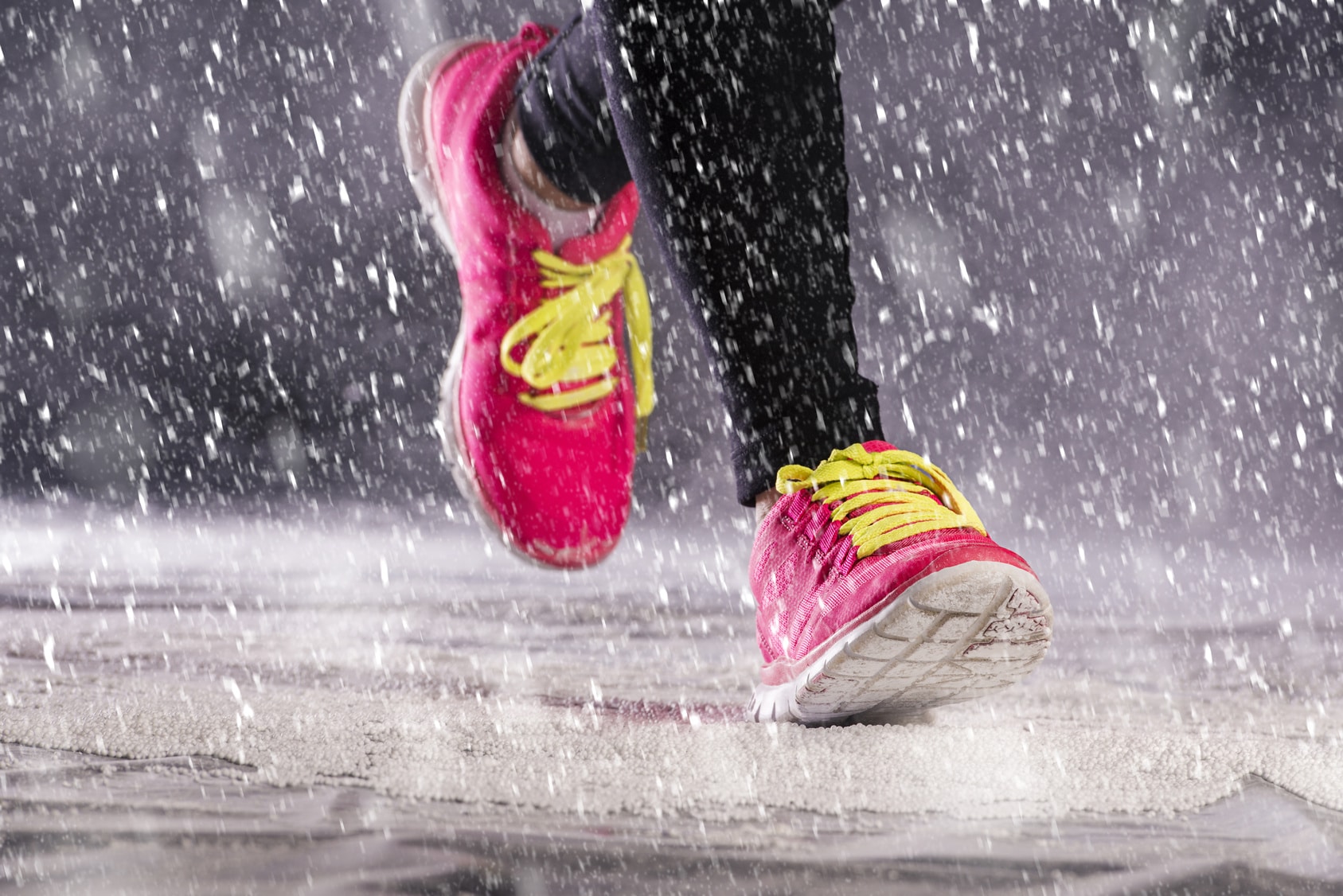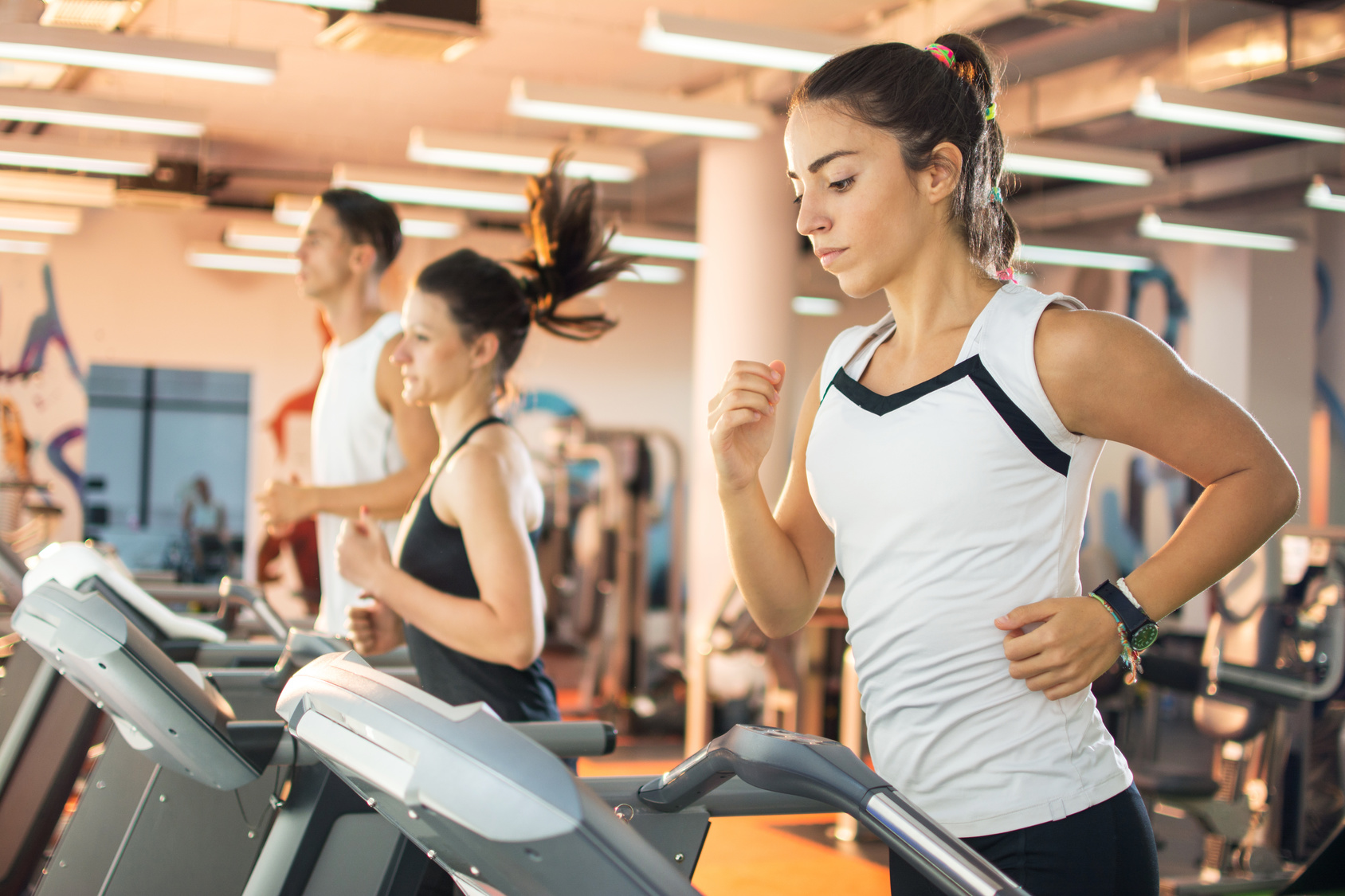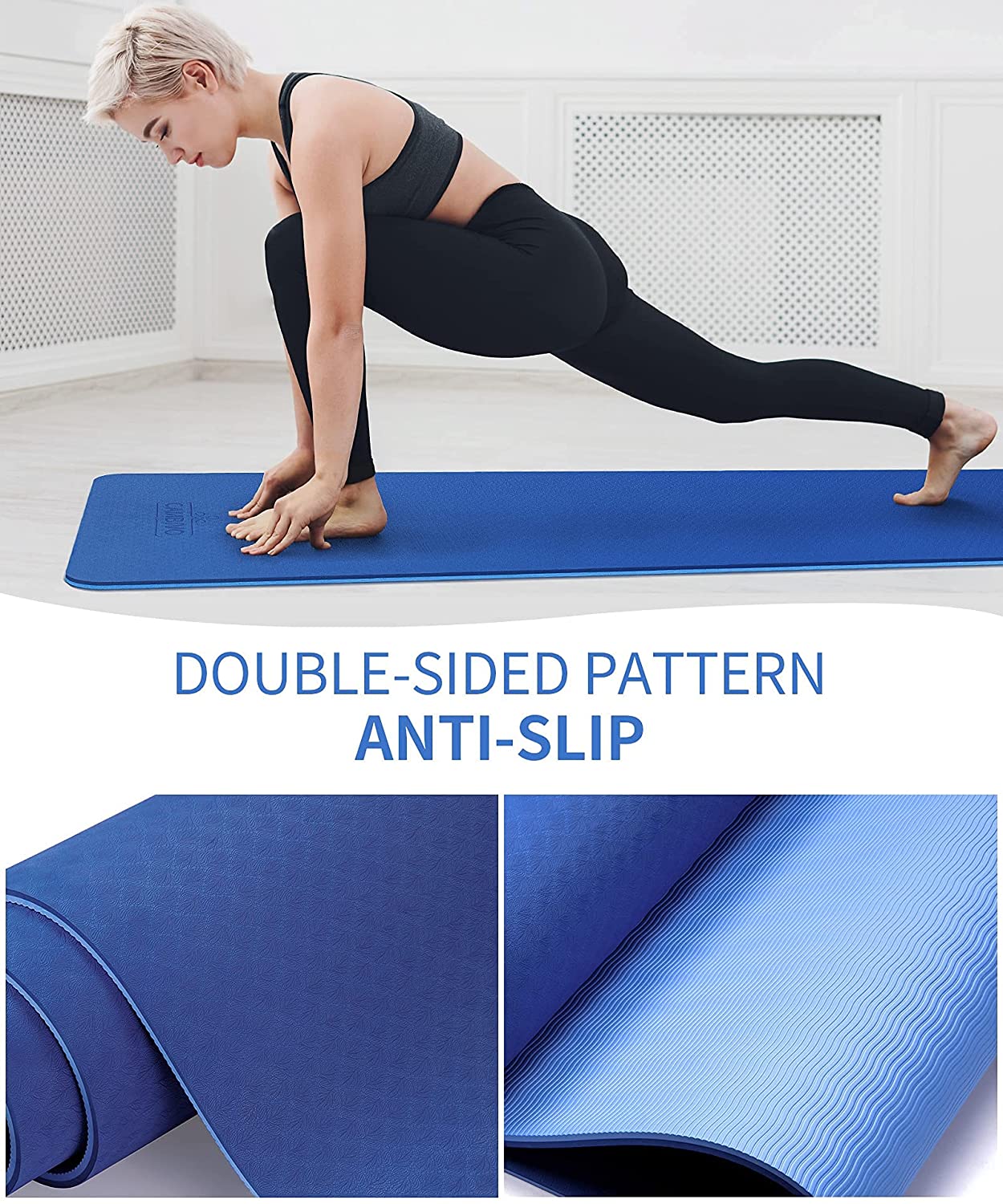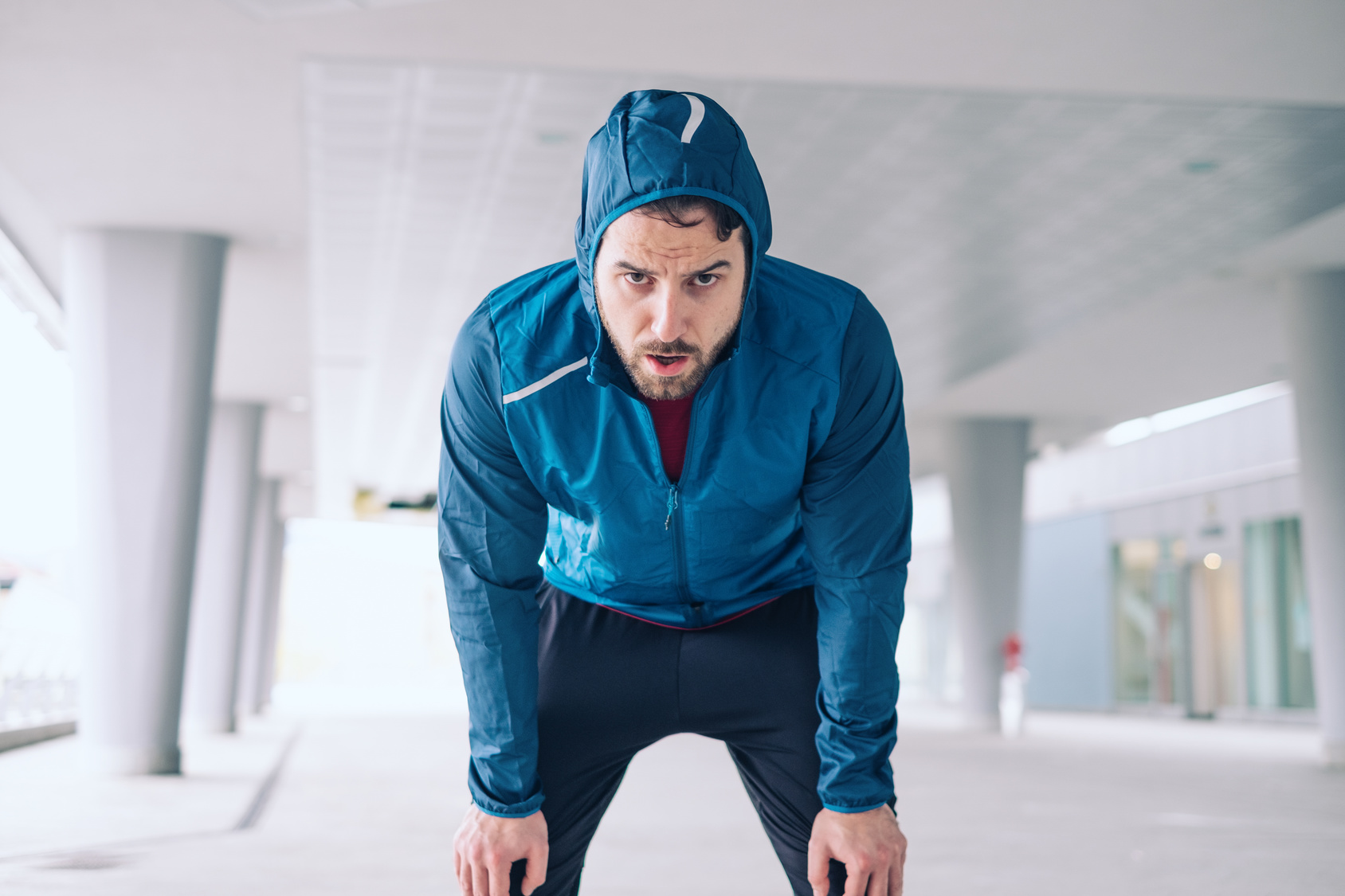Ready to conquer the chill or are you just skating on thin excuses? Let’s dive headfirst into an exhilarating debate: Is running in the cold a daring adventure or just a frosty myth?
In today’s article, I’ll share with you everything you need to become a winter runner.
Ready? Let’s dive in.
1. The Deadly Danger of Hypothermia
Now, let’s delve into the bone-chilling reality of hypothermia. Picture your body’s internal thermostat going haywire, plunging your temperature into treacherous territory.
When the weather turns bitterly cold, windy, or drenched, your vulnerability soars. To put things into perspective, envision hypothermia as your core body temperature plummeting to a bone-numbing 95 degrees Fahrenheit (approximately 35 degrees Celsius).
When this occurs, it’s akin to your body’s various systems hitting the panic button. Your cardiovascular system, your dependable nervous system, and other essential organs begin to falter.
In the direst of circumstances, it can even culminate in heart complications, respiratory breakdowns, and, heaven forbid, fatalities. That’s precisely why we treat hypothermia as a grave medical crisis, my friends. It’s not a matter to be taken lightly.
Prevent It
Cover your Head
Now, let’s unravel the secrets to shield yourself from hypothermia’s icy clutches. First and foremost, protect that noggin of yours. It’s no hidden truth that a substantial portion of our body heat escapes through our heads – up to a staggering 50 percent, in fact.
But why is preserving the head so pivotal? Well, it serves as the gateway to your body’s warmth. My personal favorite for cold-weather running is the Nike Pro Combat Skull Cap. It’s a genuine game-changer, ensuring you remain snug as you conquer those frosty miles.
Wear the Right Clothing
Now, let’s delve into the realm of attire. When it comes to choosing the right attire for your winter runs, opt for cutting-edge, specially engineered-fabrics that perform like magic.
These materials whisk away sweat from your skin, ensuring you stay warm and dry throughout your outdoor exercise.
However, here’s a cardinal rule: steer clear of cotton. Why, you might ask? Well, when cotton becomes saturated, it behaves like an obstinate sponge, refusing to let go and causing a myriad of discomforts and complications.
Stick to the high-tech options, and you’ll be in the clear.
Wear Several Layers
Instead of piling on those bulky winter clothes, why not try embracing the idea of multiple, lightweight layers? You might be wondering, “Why layers?” Well, it’s all about being clever when it comes to gearing up for a frosty run. Think of these layers as your running companions on this chilly journey.
They grant you the power to tailor your outfit as you go. When you start to generate heat during your run, it’s like having your very own temperature adjustment dial. Just unzip or peel off a layer, and voilà! You’re in your sweet spot, feeling as snug as a runner in a well-fitted shoe. It’s all about staying cozy throughout your entire running adventure.
Know the Warning Signs
The key to steering clear of hypothermia is to stay in tune with your body throughout your workout. So, what should you be on the lookout for?
Well, here are some early signals that your body might give you:
- Speech that’s a bit slurred
- Intense shivering, like a leaf rustling in the wind
- A touch of dizziness and a dash of nausea
- Breathing that’s faster than your feet hitting the pavement
- Feeling a tad wobbly and uncoordinated
- A heart rate that’s decided to pick up the pace
- A sprinkle of unusual fatigue
- A smidge of confusion or making decisions that are, well, not your usual self
If you experience a couple or more of these signals, it’s crucial to seek immediate assistance. Let’s not take any chances when it comes to cold-related health concerns. Hit the pause button on your run, head indoors, and make sure you take the necessary steps to look after yourself. After all, your well-being is always the top priority.
Now, let’s not forget the research that supports all these helpful tips! Studies have shown that layering in cold weather can help regulate body temperature more effectively during exercise. Additionally, being aware of early warning signs and taking action can be crucial in preventing serious cold-related health issues.
2. The Frostbite
A frostbite is a crucial concern when it comes to braving extreme cold. But first, let’s unravel the enigma of what frostbite truly entails.
Frostbite occurs when certain parts of your body, often those left uncovered and exposed, come into direct contact with freezing cold air, leading your skin and the tissues beneath to freeze.
The peril of frostbite becomes all too real, particularly when the thermometer plunges to -10 degrees Celsius or even lower. These insights come courtesy of the National Weather Service, so it’s imperative to heed this warning when you venture into the frosty embrace of winter weather.
Prevent it
Protect the Weak Spots
When it comes to frostbite, certain regions are more predisposed than others. These include your fingers, toes, nose, ears, chin, and cheeks. When you embark on a cold-weather run, pay extra attention to these zones, as they are the ones most likely to succumb to the frosty grasp.
Protect your Face
If you’ve ever felt the biting chill on your ears and nose during a winter run, it’s vital to provide them with added protection. While a full-fledged hat or ski mask might seem excessive, you have other options to shield your ears. Consider donning a headband or earmuffs designed for cold-weather running. Brands like Thermax or Coolmax offer fantastic choices to keep your ears snug and cozy as you brave the frigid air.
Don’t Forget Sunscreen
When planning to venture outdoors in cold weather, don’t skip sunscreen application. Contrary to popular belief, winter doesn’t grant you immunity from the sun’s rays. They can still pose a threat to your skin, so slather on some sunscreen to defend against potential harm as you relish your chilly outdoor run.
Caring for Your Hands and Fingers
Begin with a thin pair of gloves crafted from moisture-wicking materials such as polypropylene. You can easily find lightweight glove options on Amazon.
However, when confronted with truly frigid conditions, it’s time to deploy the heavy artillery. Invest in a pair of thicker gloves or mittens lined with snug fleece or cozy wool. These will furnish you with an extra layer of defense against the biting cold.
The best part? You can always shed the outer layer if you begin to warm up without exposing your fingers to the frigid air. Personally, I’m quite partial to mittens because they excel at keeping my fingers toasty during those winter runs.
Get the Right Shoes and Socks
When it comes to guarding your precious feet from the frostbite risk lurking in the cold during your runs, the choice of shoes and socks becomes absolutely crucial.
First and foremost, consider investing in running shoes that boast either waterproof properties or are fortified with a specialized moisture-repelling lining. This additional layer of protection works wonders in ensuring your feet remain dry and snug, even when confronted with damp conditions.
However, let’s not overlook the significance of your sock selection. Opt for dry, moisture-wicking socks, preferably crafted from acrylic or polypropylene materials. These sock varieties are masters at whisking moisture away from your skin, guaranteeing that your feet stay dry and content throughout your frosty escapades.
The Early Warning Signs
In extreme cold, frostbite is a genuine concern, and your ability to recognize these signs can be a game-changer.
Maintain a watchful eye on your body, particularly those areas prone to vulnerability, such as your fingers, toes, nose, and ears. Should you begin to sense numbness, a loss of sensation, or a stinging sensation in any of these regions, consider it a potential early indicator of frostbite.
If you suspect that frostbite may be creeping in, swift action is imperative. Seek refuge indoors to escape the cold, and do so with utmost haste.
Once indoors, gently warm the affected area by enveloping it in a cozy blanket or bathing it in comfortably warm water. However, remember this cardinal rule: never, and I mean never, rub the affected area. Such actions could exacerbate skin damage, and that’s the last thing you want. Stay safe out there.
3. The Freezing Lung
Now, let’s tackle a concern that often looms over cold-weather running – the unfounded fear of freezing lungs. Allow me to set your mind at ease.
You see, there’s no need to fret about your lungs succumbing to the icy grip of subzero temperatures while you’re out pounding the pavement.
Our bodies are truly remarkable, and our respiratory system possesses a remarkable talent for warming the frigid air we inhale. So, even if the air you breathe during your cold-weather run feels glacial, by the time it reaches your lungs, it’s been warmed to your body’s cozy temperature.
Now, that’s not to say it’s all smooth sailing. Cold air can still present some challenges for your airways, potentially leading to irritation and that uncomfortable, burning sensation in your throat, particularly when you’re confronting temperatures as low as minus 30 degrees Fahrenheit.
But here’s the silver lining – with a few simple precautions, you can mitigate these effects and continue your cold-weather runs in comfort. While the threat of freezing lungs may not be as dire as some suggest, it’s essential to remain mindful of these potential discomforts and take measures to address them. Your running endeavors should never be hindered by a bit of brisk air.
Prevent It
Cover Your Mouth & Nose
Consider sporting a scarf or a trusty balaclava to shield your nose and mouth while you brave the cold. This ingenious tactic helps preserve the moisture typically lost during exhalation. By trapping that moisture, you can significantly reduce many of the breathing difficulties associated with exercising in cold conditions.
Not only does this keep your air passages more content, but it also curtails the likelihood of developing an annoying runner’s cough. So, wrap up, protect those airways, and enjoy your chilly runs with confidence!
Try Inhaling through the Nose
In my personal experience, opting to inhale through your nose rather than your mouth can be a helpful strategy to diminish the likelihood of encountering breathing difficulties.
Nevertheless, it’s important to bear in mind that the effectiveness of this technique can vary depending on factors such as the intensity of your run, your fitness level, and your personal preferences when it comes to breathing methods.
While relying solely on your nostrils for air may not always be feasible, keeping this trick up your sleeve can prove beneficial when you find yourself contending with those pesky burning sensations in your air passages.
Remember, what works like a charm for one individual may not yield the same results for another – there’s no universal approach that fits everyone like a well-worn pair of running shoes.
4. Slipping and Falling
Now, let’s confront one of the most underestimated perils of cold-weather running: the risk of slips and falls. It’s a hazard that can transform your winter jog into a painful ordeal or, worse yet, lead to severe injuries if caution is not your running companion.
We’ve all heard or experienced firsthand accounts of runners encountering treacherous slips and sustaining injuries on icy or damp surfaces. Depending on your geographical location, your winter runs might range from relatively smooth outings to full-fledged skirmishes against slippery paths, rain-soaked roads, or trails inundated with slush and snow.
Allow me to share a personal anecdote to underscore the gravity of this issue. A couple of years ago, I found myself on the brink of a left knee mishap after a heart-stopping slip on ice. It served as a painful reminder of the risks that cold-weather running can entail.
Prevent It
Pay Attention to where you run
One of the most invaluable pieces of advice I can offer is to exercise keen awareness regarding your running terrain.
Here’s the scoop: You must be discerning and vigilant when it comes to your chosen running paths. Not all routes are created equal, especially in winter conditions. To minimize the chances of unfortunate slips and tumbles, endeavor to conduct the majority of your runs on terrain with minimal snow cover and steer clear of surfaces that scream slip hazards.
Furthermore, exercise enhanced caution when descending hilly stretches. These can be dicey even in optimal weather conditions, so it’s paramount to exercise added care when they potentially harbor icy or wet challenges.
Run on Good Routes
When it comes to braving the winter conditions while running, making savvy choices about your routes can be the difference between a safe, enjoyable experience and a slippery misadventure.
Here’s some sage advice to bear in mind:
- Opt for Well-Traveled and Well-Lit Paths: Seek out routes that are renowned for heavy foot traffic and ample illumination. Such areas tend to receive regular snow and ice clearance in most urban settings. Where there’s a bustling populace, there’s a higher likelihood of diligent maintenance.
- Embrace Dedicated Jogging Paths: If you have access to dedicated jogging paths or well-kept trails, they can prove to be splendid options for your winter runs. These routes are often plowed and generally less prone to treacherous surfaces compared to sidewalks or roadways.
- Keep It Close to Home: As an added precaution, consider running routes that are in proximity to your residence. By doing so, you ensure that you’re not far from safety should conditions deteriorate or you encounter unforeseen challenges.
Equip Yourself with Winter-Ready Running Shoes
Investing in a suitable pair of winter running shoes can be a game-changer for your cold-weather workouts.
Here are some pointers on selecting the perfect winter running shoes, along with a couple of top-notch recommendations:
- Prioritize Waterproof and Insulated Options: Winter running shoes should excel at keeping your feet warm and dry. Seek out footwear explicitly engineered to be waterproof and insulated, offering resolute protection against moisture and frigid temperatures.
- Embrace Superior Traction: To minimize the risk of slipping on icy or snowy surfaces, opt for shoes equipped with substantial traction. Outsoles sporting deep lugs and an effective tread pattern are your allies in maintaining stability on slippery terrain.
- Consider Ankle Support: Though not always imperative, shoes featuring some degree of ankle support can deliver added stability, particularly when navigating uneven or icy ground.
Here are two esteemed contenders in the winter running shoe category:
- Brooks Adrenaline ASR 12 GTX: Renowned for its durability and dependable traction, the Brooks Adrenaline ASR 12 GTX is tailored to conquer diverse terrains, including winter landscapes. Its Gore-Tex waterproof lining ensures dry feet, while the shoe provides exceptional support.
- Nike Air Zoom Structure 19 Flash: Nike’s Air Zoom Structure 19 Flash stands as another stellar choice. Marrying Nike’s responsive cushioning with a water-resistant upper, it ensures comfort and protection for your feet in chilly conditions. The shoe’s reflective elements enhance visibility during low-light runs.
Use Anti-slip Grips
When it comes to staying upright on slippery winter runs, let’s talk gear that’ll have your back (or should I say, your feet!).
Here’s the lowdown:
First up, winter running shoes are your new best friends. These babies come with extra grippy soles that could make Spider-Man jealous. They’re like snow tires for your feet, keeping you steady on icy terrain.
If you’re still feeling a bit unsure about icy patches, you can level up your shoe game with anti-slip add-ons. Picture this: tiny chains or coils that give your shoes superpowers on slippery surfaces. Think of it as your secret weapon against gravity’s pranks.
Speaking from personal experience, Yaktrax is the real MVP in the anti-slip game. These nifty contraptions slip right over your shoes and turn you into an instant ice ninja. You can grab a pair at your local running store – they’re like the golden ticket to slip-free winter adventures.
And here’s the best part – the price won’t make your wallet shed tears. Last time I checked they were sold for around 30 bucks.
When To Avoid Cold Weather Running?
Now, hold up, cold weather warrior! I know I’ve been singing the praises of chilly runs, but here’s the real deal: It’s not a one-size-fits-all adventure. There are moments when you’ve gotta pump the brakes, prioritize safety, and know when to say “no” to the frosty fun.
Let’s break it down:
If you’re dealing with some serious health conditions – think cardiovascular diseases, asthma, exercise-induced bronchitis, or Raynaud’s disease (a tricky one that messes with blood flow) – you might want to reconsider those subzero sprints.
Remember, the name of the game is safety. If your health or life is on the line, it’s a hard pass on the cold weather escapades.
But hey, don’t let winter freeze your fitness journey. Instead of playing ice roulette, consider cozying up to the treadmill. It might not be your first love, but it’s way better than a day on the couch, right?
Conclusion
Well, in my experience, running in winter is just running. It’s neither good nor bad as long as you are healthy and you take the right safety precautions vital for the outdoor conditions and the temperature of the air.
As I have already discussed, most of the troubles you might encounter while running in cold weather are preventable and avoidable—provided that you do what you have to do.






